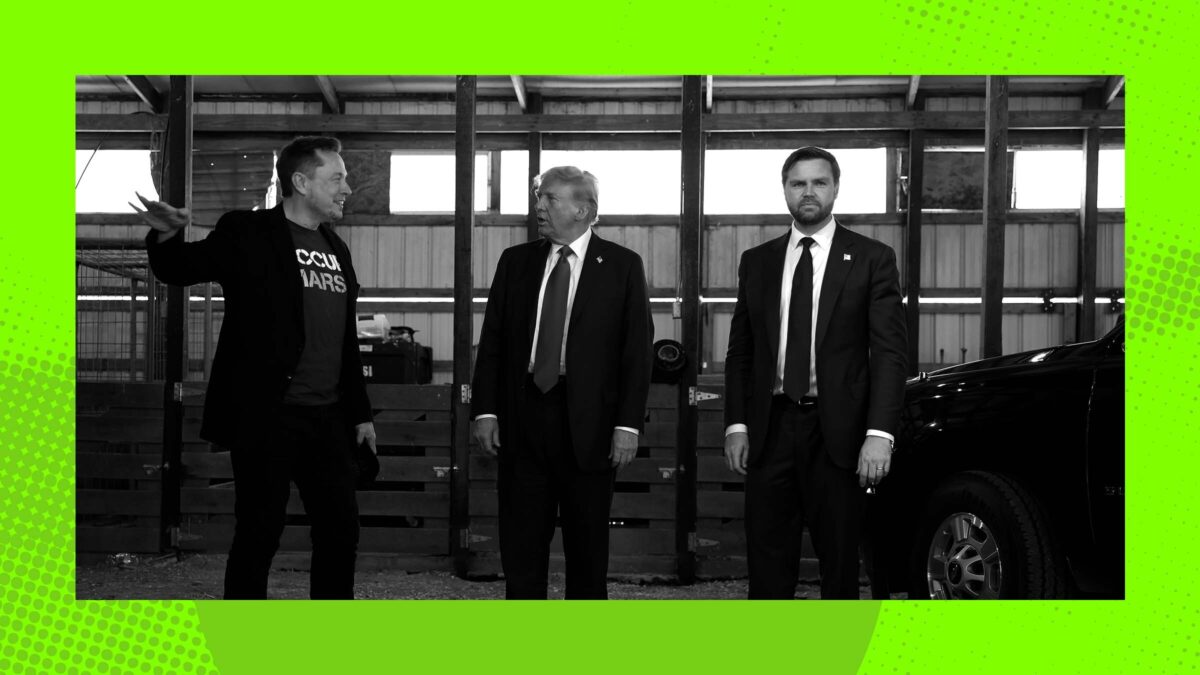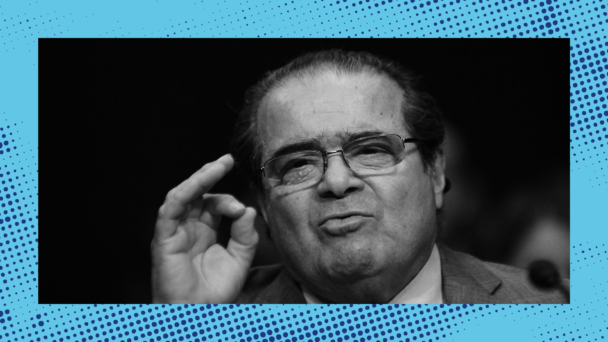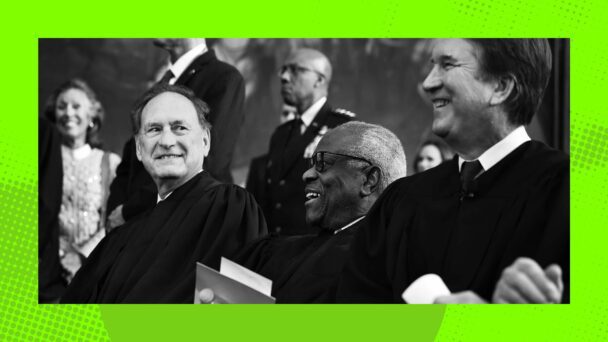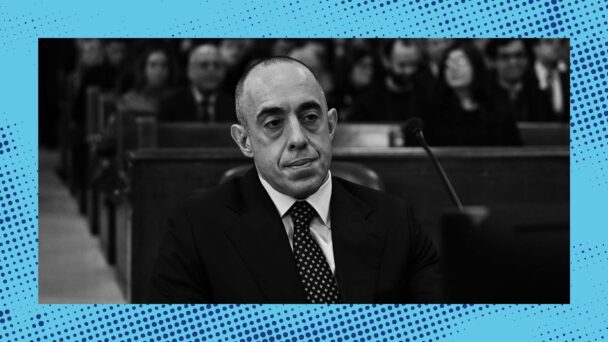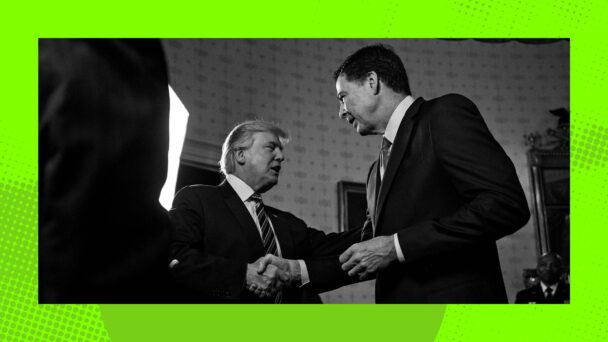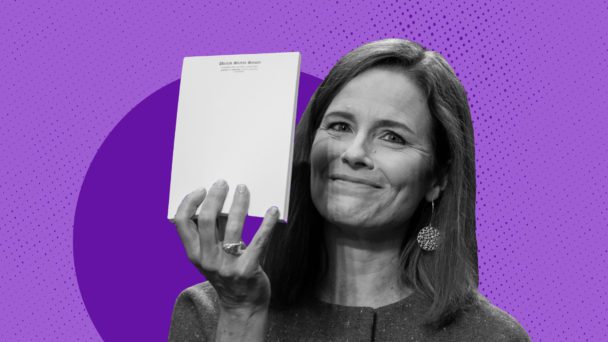As Elon Musk attacks the federal workforce, President Donald Trump has taken aim at officials who protect workers—federal and otherwise. In the first month of his administration, Trump attempted to fire, among others, members of the National Labor Relations Board (NLRB), the Merit Systems Protection Board (MSPB), and the Federal Labor Relations Authority (FLRA), even though federal law says those officials can be fired only for cause.
While a president trying to fire heads of independent agencies is new, attacks on the constitutionality of those agencies are not. Indeed, none other than Elon Musk has been making just these sorts of arguments since well before the 2024 election, as the NLRB investigated Musk’s SpaceX for violations of federal labor laws. As it turns out, the Trump administration is borrowing more from Musk than just his “fork in the road” letter.
In January 2024, a regional office of the NLRB filed a complaint against SpaceX after the company fired eight employees who alleged that Musk’s behavior was “a frequent source of distraction and embarrassment,” and that he had encouraged a culture of crude sexual behavior in the workplace. Rather than waiting for the NLRB to hear the case, SpaceX sued the NLRB the very next day, arguing that Board members’ for-cause removal protections set out in federal law were unconstitutional.
In April, Musk once again drew the NLRB’s attention, this time for allegedly requiring former employees to sign away their right to discuss any negative experiences at SpaceX with coworkers—a right that enables workers to organize for better conditions. SpaceX then sued the NLRB again, before a court even had a chance to hear the company’s first lawsuit.
While the cases Musk’s company brought against the NLRB have been quietly working their way through the courts, Trump’s attempted firings of the leaders of the NLRB (and other agencies) are another side of the same legal coin. Even though Congress says these agencies’ directors can be removed only for cause, Trump contends that the Constitution requires that the president be able to fire these high-level government officials at will.
Neither Supreme Court cases, nor history, nor the original meaning of the Constitution supports the argument that Musk, Trump, and their big-business supporters are advancing. In a separate case, even the conservative Fifth Circuit rejected a similar argument and has shot down SpaceX’s attempts to short-circuit the judicial process. And when federal board members purportedly “fired” by Trump have challenged his attempts to fire them, multiple judges have upheld Congress’s decision to protect these agency heads from arbitrary removal. Although a fractured D.C. Circuit motions panel recently put some of those decisions on hold, the NLRB and MSPB board members have indicated that they plan to ask the full D.C. Circuit to reconsider that decision.
The structure of these agencies carefully balances accountability to the president with independence that insulates the agencies from rapid political swings or petty vendettas. In a time when petty vendettas appear to be the rule, rather than the exception, those protections matter more than ever. And although the Supreme Court has struck down certain protections in recent years—for the individual head of the Consumer Financial Protection Bureau, for example—it has repeatedly reaffirmed Congress’s authority to protect the members of multimember boards like the NLRB from arbitrary removal.
The history of independent agencies dates back nearly 150 years to the Interstate Commerce Commission, which Congress created in 1887 to regulate the railroad industry. That commission’s success led Congress to create other independent agencies overseeing other industries that would similarly benefit from predictability and stability. In 1935, the Supreme Court explicitly upheld this model in Humphrey’s Executor v. United States. By now, dozens of Congresses and presidents, along with generations of the American public, have come to depend on impartial experts to make certain decisions about complicated scientific and economic issues.
Most presidents of the past 150 years have respected these agencies’ independence, and no prior president has even attempted to remove an NLRB member. Trump and Musk seek to break that streak so that nothing can stand in the way of their mistreatment of private- and public-sector workers. But the law is not on their side, and neither is history.
